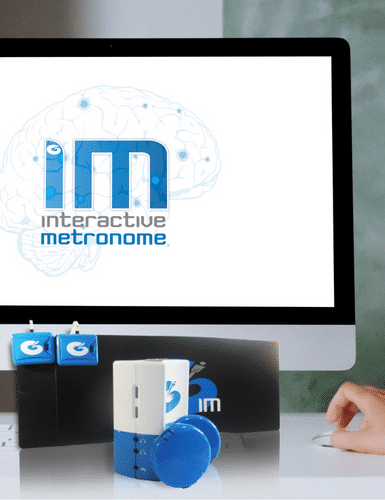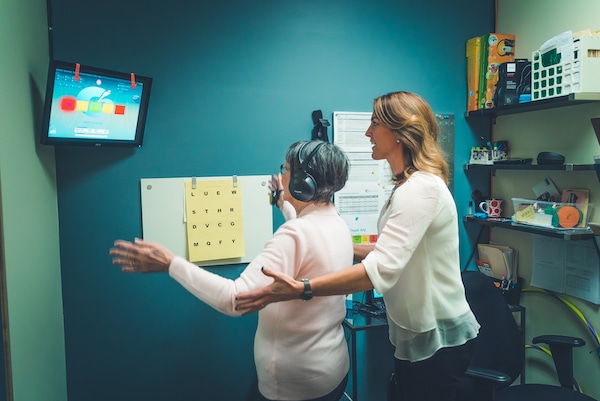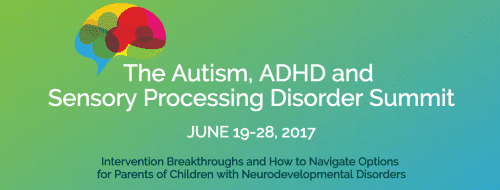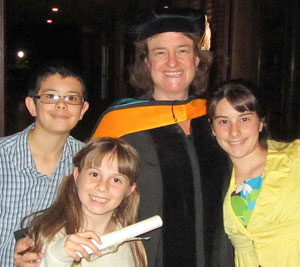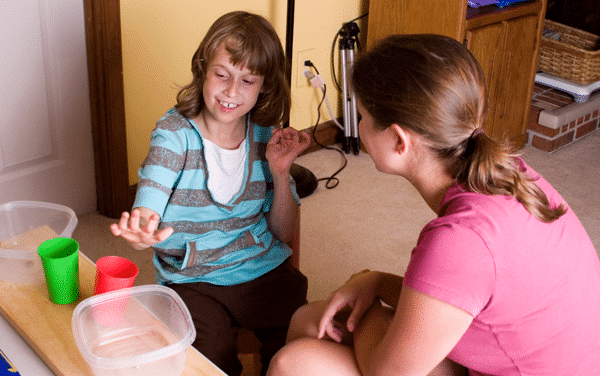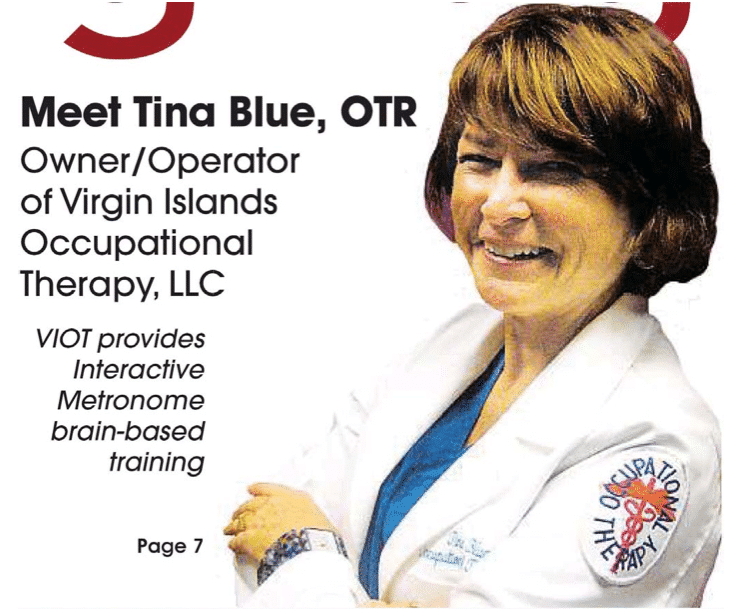We are Proud to Announce Our February Provider of the Month
Dr. Susan Zapf is an Occupational Therapist and Assistive Technology Professional with over 27 years of experience working with the pediatric population in both private practice and the school-based settings. She is an entrepreneur and is the Owner and Clinical of The Children’s Therapy Center, Inc., a prominent pediatric sensory integration clinic in Houston, Texas. Dr. Zapf is also the Owner and President of Children’s Journey to Shine, Inc, an educational training company that educates healthcare professionals on assistive technology assessment and service delivery and provides therapy services that utilize animals and nature as tools in therapy. Dr. Zapf is the President of Reining Potential of Texas, a non-profit organization that uses the horse in occupational therapy services. Dr. Zapf is adjunct faculty for the Ph.D. Pediatric Science track at Rocky Mountain University of Health Professions in Provo, Utah, and teaches a course on assistive technology. As an occupational therapist, she is passionate about helping children and their families develop skills to reach their full potential and she believes that occupational therapy, assistive technology, and animals can be powerful interventions to assist in this process.


